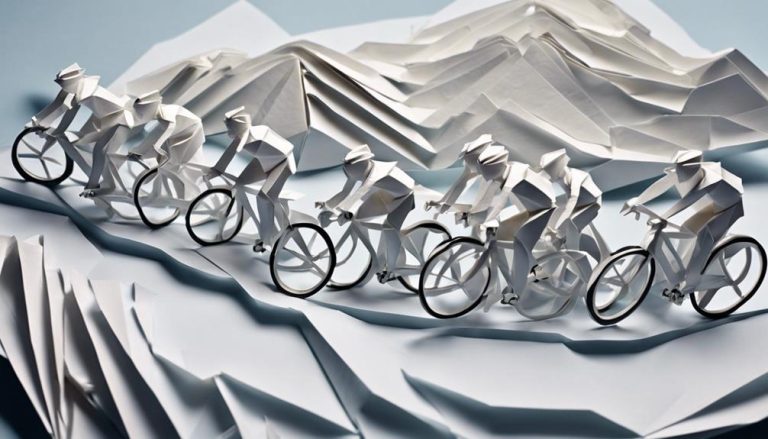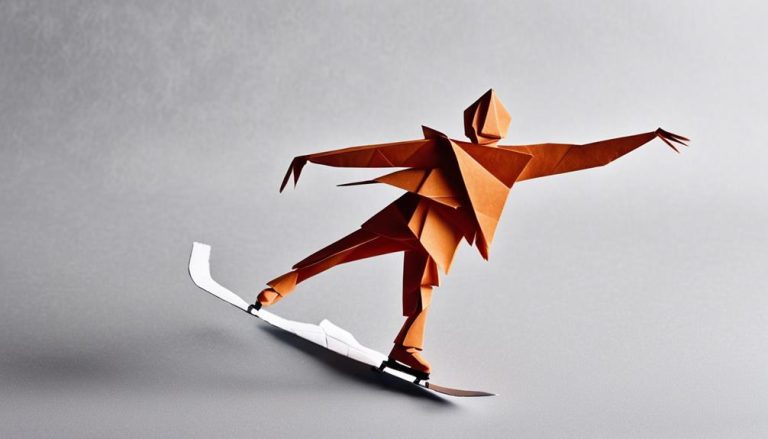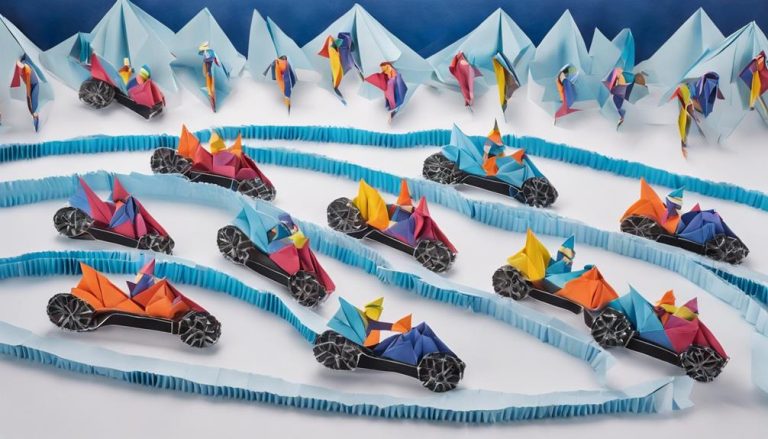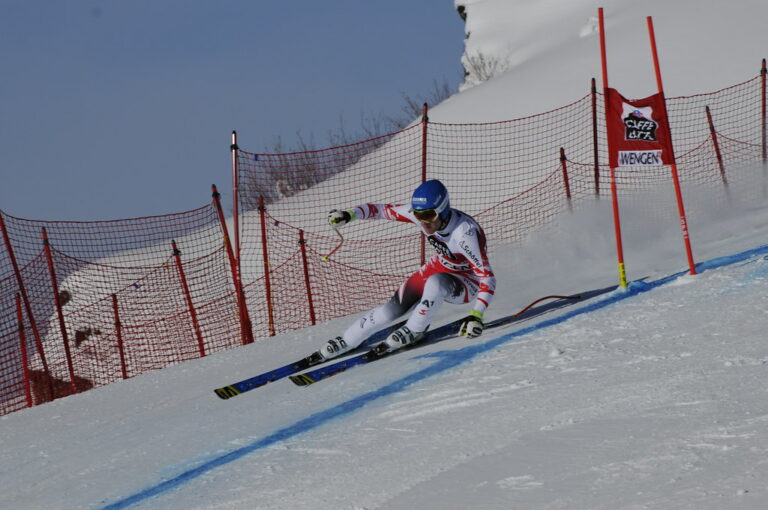General Rules of Nordic Skiing
When exploring the Nordic skiing scene, remember the essential mantra of mastering the slopes. From selecting suitable gear to understanding the intricacies of trail markings, the rules of this wintry sport are crucial for your safety and enjoyment. Stay tuned as we unpack the nuances of proper equipment selection, trail etiquette, safety precautions, and more, to make sure your next Nordic skiing adventure is a success.
Proper Equipment Selection
When gearing up for Nordic skiing, make sure you have the appropriate equipment selected to optimize your performance. One vital aspect to contemplate is equipment maintenance. Properly maintaining your Nordic skiing equipment is essential for ensuring its longevity and best functionality. Regularly waxing your skis, sharpening the edges, and checking for any signs of wear and tear can greatly impact your skiing experience. By investing time in maintaining your equipment, you can enhance your performance on the trails and prevent any unexpected issues during your skiing sessions.
Another important component of proper equipment selection is ski binding selection. Ski bindings play a critical role in transferring power from your body to the skis, affecting your control and stability on the snow. When choosing ski bindings, contemplate factors such as your skiing style, skill level, and the type of terrain you will be skiing on. Additionally, make sure that the bindings are compatible with your boots to guarantee a secure fit and best performance.
Trail Etiquette
Optimizing your Nordic skiing experience also involves adhering to proper trail etiquette to guarantee a safe and enjoyable environment for all participants. Sharing space is a fundamental aspect of trail etiquette. When skiing on Nordic trails, it's important to be mindful of other skiers around you. Avoid sudden stops or erratic movements that could potentially cause collisions. Stay to the right side of the trail to allow faster skiers to pass on your left. This simple practice helps maintain a smooth flow of traffic and prevents unnecessary disruptions.
Polite passing is another key element of trail etiquette. If you need to overtake a slower skier, announce your presence by politely saying, 'On your left,' to make sure there is enough space to pass safely without interfering with the other skier's trajectory. Likewise, if you are being passed, move to the right to make room for the faster skier. This courteous behavior fosters a harmonious skiing experience for everyone on the trail.
Safety Precautions
To guarantee maximum safety during your Nordic skiing excursions, it is imperative to adhere strictly to established safety precautions. Injury prevention should be at the forefront of your mind before hitting the trails. Always make sure you have the proper gear, including a well-fitted helmet, to protect yourself in case of a fall or collision. Additionally, warming up before skiing helps prevent muscle strains and injuries.
Emergency preparedness is vital when engaging in any outdoor activity. Carry a well-stocked first aid kit and know how to use it. Familiarize yourself with the area and have a map or GPS device handy. It's also wise to inform someone of your planned route and expected return time.
Weather conditions can change rapidly, especially in Nordic skiing environments. Stay informed about the forecast and be prepared for sudden shifts in temperature or visibility. Dress in layers to regulate your body temperature and protect yourself from the elements.
Terrain awareness is essential for safe skiing. Be mindful of your surroundings, including potential hazards like rocks, trees, or steep drops. Keep a safe distance from other skiers to avoid collisions, especially on crowded trails. By following these safety precautions, you can enjoy your Nordic skiing experience while minimizing risks.
Understanding Trail Markings
Understanding trail markings is important for traveling Nordic skiing routes safely and efficiently. When hitting the trails, it's vital to be aware of the trail difficulty markers. These markers typically come in different colors to signify the level of challenge. Green trails are usually beginner-friendly, offering flat terrain and gentle slopes. Blue trails indicate intermediate difficulty with slightly steeper sections and more varied terrain. For the more experienced skiers, black trails are the most challenging, featuring steep hills and potentially rough conditions. By understanding these trail difficulty indicators, you can choose routes that align with your skill level, ensuring an enjoyable skiing experience.
In addition to trail difficulty markings, navigation tips can also enhance your skiing journey. Pay attention to trail signs that provide information on direction, distance, and points of interest. Familiarize yourself with trail maps before heading out to avoid getting lost. It's also helpful to follow etiquette guidelines, such as yielding to faster skiers and staying on designated trails to preserve the environment. By staying informed and prepared, you can make the most of your Nordic skiing adventures while respecting the trails and fellow skiers.
Dressing for Nordic Skiing
Dressing appropriately for Nordic skiing is important to guarantee comfort and performance on the trails. When preparing for a day of skiing, consider layering your clothing to make certain you stay warm while allowing for ventilation as your body temperature rises during physical activity. Here are some layering tips and gear essentials to keep in mind:
| Layer | Description | Example |
|---|---|---|
| Base Layer | Moisture-wicking fabric | Merino wool long underwear |
| Insulation | Provides warmth | Fleece jacket |
| Outer Layer | Windproof and waterproof | Ski jacket and pants |
Layering your clothing allows you to adjust to changing weather conditions and regulate your body temperature effectively. Start with a moisture-wicking base layer to keep sweat away from your skin. Add an insulating layer like a fleece jacket for warmth. Finally, choose a windproof and waterproof outer layer, such as a ski jacket and pants, to protect you from the elements.
In addition to proper layering, don't forget essential gear such as Nordic ski boots, skis, poles, gloves, and a hat or headband to keep your extremities warm. By dressing appropriately and having the right gear, you'll be able to fully enjoy your Nordic skiing experience while staying comfortable and performing at your best.
Frequently Asked Questions
What Are Some Common Mistakes Beginners Make When Learning Nordic Skiing?
When starting Nordic skiing, beginners often struggle with balance and coordination, leading to falls and frustration. The learning curve can be steep, but with practice and patience, you'll improve your technique and glide smoothly.
Is It Necessary to Have Previous Skiing Experience to Try Nordic Skiing?
No, previous skiing experience isn't necessary to try Nordic skiing. With proper equipment recommendations, safety tips, and the option of group classes in best locations, you can easily learn and enjoy this sport.
How Can I Improve My Speed and Endurance While Nordic Skiing?
To enhance your performance in Nordic skiing, focus on speed training with targeted drills. Strengthen your endurance through proper nutrition and consistent training. By combining these elements, you can improve your speed and stamina effectively.
Are There Any Specific Techniques for Going Uphill or Downhill While Nordic Skiing?
When tackling uphills in Nordic skiing, remember to engage your core, lean slightly forward, and use your poles efficiently. For downhill sections, focus on balance, keep your weight centered, and use a controlled yet dynamic stride.
What Should I Do if I Encounter Wildlife on the Trails While Nordic Skiing?
If you encounter wildlife on the trails while Nordic skiing, prioritize safety precautions. Keep a safe distance, avoid sudden movements, and respect their space. Understand animal behavior, maintain trail etiquette, and calmly navigate the situation.






